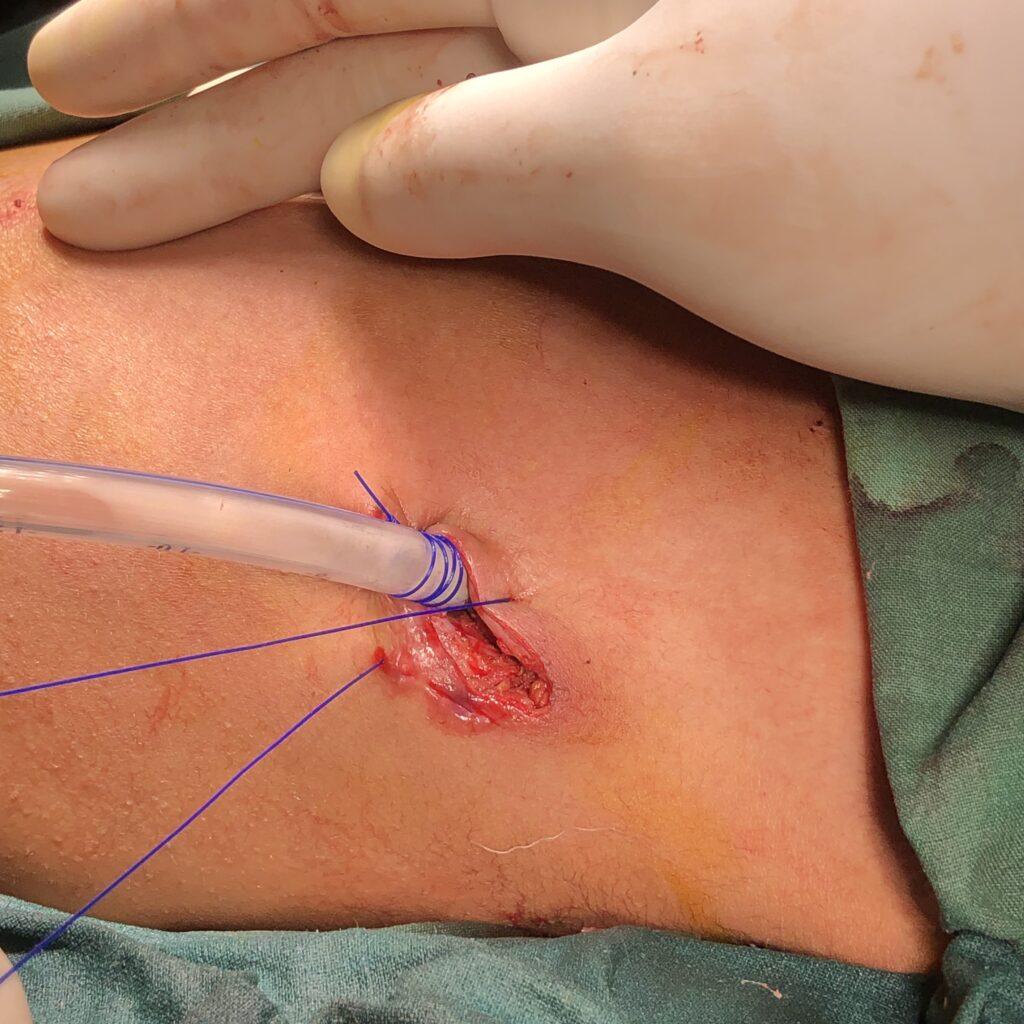Introduction
Surgical drains play a crucial role in postoperative care, helping to evacuate fluids, prevent seroma formation, and monitor complications. However, prolonged drain retention can increase infection risks and tissue irritation. This article outlines evidence-based principles for drain removal, covering timing, techniques, and special considerations across various surgical procedures.

When Should a Drain Be Removed?
A drain should be removed as soon as it serves no further purpose. Research indicates that only 20% of drains remain functional after seven days, emphasizing the need for timely removal. Key factors influencing removal include:
- Drainage volume (minimal or serous fluid)
- Clinical signs of infection resolution
- Procedure-specific timelines
Drain Removal Guidelines by Procedure
1. Postoperative Bleeding Coverage (e.g., Thyroidectomy)
- Removal time: 24 hours
- Rationale: Drains placed to monitor bleeding are typically short-term and can be removed once drainage decreases.
2. Serous Fluid Drainage (e.g., Mastectomy)
- Removal time: 5 days
- Rationale: Allows sufficient time for seroma prevention while minimizing infection risk.
3. Infected Wound Drainage
- Removal time: When infection subsides or drainage is minimal
- Rationale: Premature removal may lead to abscess reformation.
4. Colorectal Anastomosis Coverage
- Removal time: 5–7 days
- Key consideration: Drains do not prevent leaks but help externalize them, reducing peritonitis risk.
5. Common Bile Duct T-Tubes
- Removal time: 10 days (after confirming bile flow via cholangiogram)
- Special notes:
- Latex T-tubes stimulate fibrosis, but silicone alternatives are needed for latex-allergic patients.
- Clamping before removal may help assess bile duct patency.
6. Suction Drains
- Pre-removal step: Discontinue suction first
- Technique: Flush with sterile saline or twist during removal to prevent vacuum resistance.
7. Chest Drains
- Removal technique:
- Ask the patient to inhale and hold breath (Valsalva maneuver) to prevent pneumothorax.
- Secure with a pre-placed purse-string suture.
Special Considerations in Modern Surgery
Laparoscopic and Enhanced Recovery Protocols
- Trend: Reduced drain use in Enhanced Recovery After Surgery (ERAS) pathways.
- Exception: Drains are still indicated for high-risk anastomoses or significant fluid accumulation.
Key Takeaways for Safe Drain Removal
- Define the drain’s purpose and remove it once achieved.
- Follow procedure-specific timelines (24h for bleeding, 5–7d for anastomoses).
- Use proper techniques (Valsalva for chest drains, suction release for vacuum drains).
- Monitor for complications (blockage, infection, premature removal risks).
Further Reading
By adhering to these evidence-based drain removal principles, surgeons can minimize complications and optimize recovery. Always tailor practices to individual patient needs and surgical contexts.
